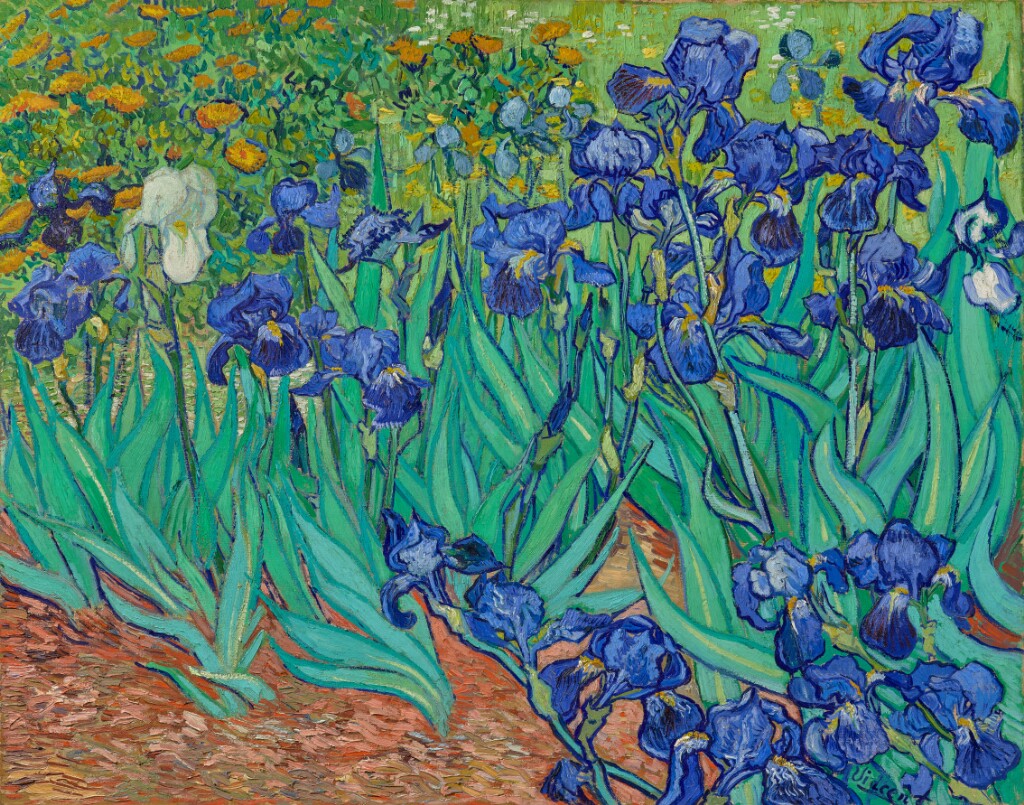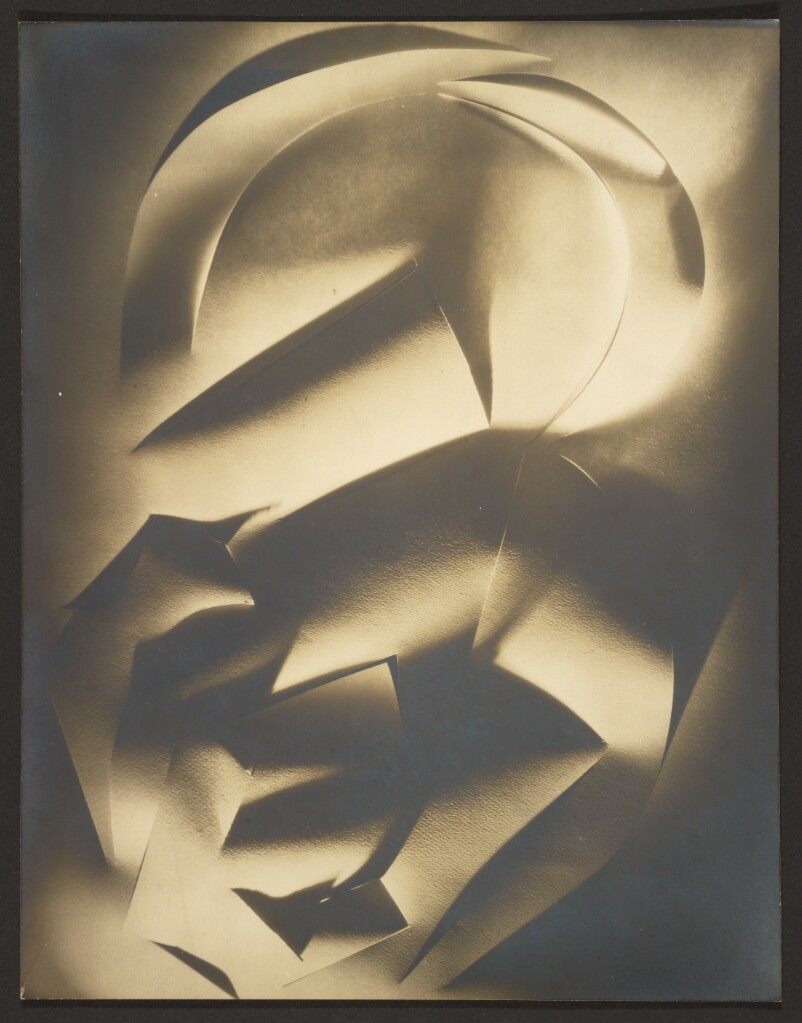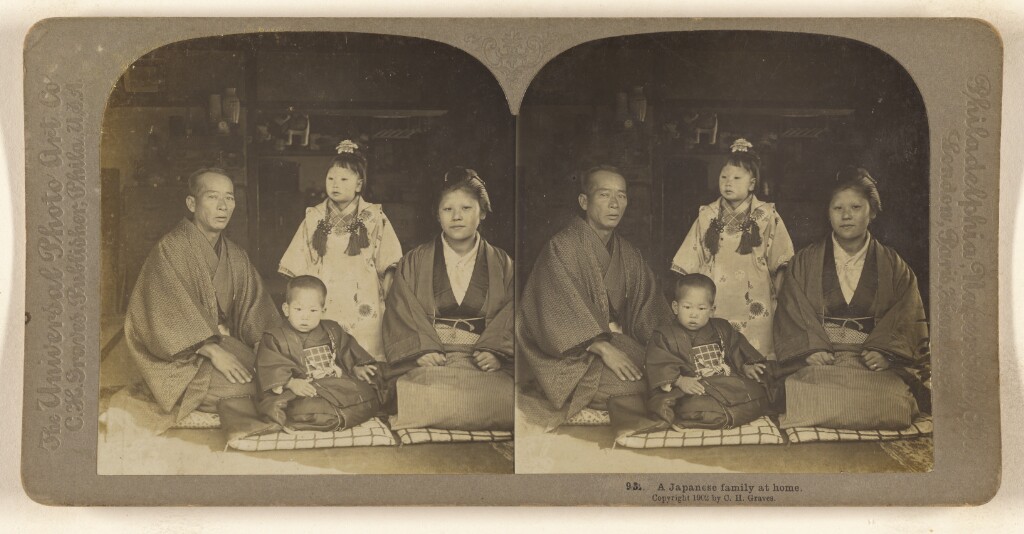
Since the J. Paul Getty Museum launched its Open Content program back in 2013, we’ve been featuring their efforts to make their vast collection of cultural artifacts freely accessible online. They’ve released not just digitized works of art, but also a great many art history texts and art books in general. Just this week, they announced an expansion of access to their digital archive, in that they’ve made nearly 88,000 images free to download on their Open Content database under Creative Commons Zero (CC0). That means “you can copy, modify, distribute and perform the work, even for commercial purposes, all without asking permission.”

The Getty suggests that you “add a print of your favorite Dutch still life to your gallery wall or create a shower curtain using the Irises by Van Gogh.” But if you search the open content in their archive yourself, you can surely get much more creative than that.
The portal’s interface lets you search by creation date (with a timeline graph stretching back to the year 6000 BC), medium (from agate and alabaster to woodcut and zinc), object type (including paintings, photographs, and sculptures, of course, but also akroteria, horse trappings, and tweezers), and culture. The selection reflects the wide mandate of the Getty’s collection, which encompasses as many of the civilizations of the world as it does the eras of human history.

In the Getty’s open-content archive, you’ll find ancient sculpture from Greece, Rome and many other parts of the world besides; a fragmentary oinochoe (that is, a wine jug) from third-century-BC Ptolemaic Egypt; lavishly illuminated medieval books of hours (of the kind previously featured here on Open Culture); works by such innovative French painters as Édouard Manet and Edgar Degas; the stereoscopic photography of Carleton H. Graves, who in the late nineteenth and early twentieth century captured places from Denmark and Palestine, to Japan and Korea; the daring abstractions of artists like Hannes Maria Flach, Jaromír Funke, and Francis Bruguière. But what you do with them is, of course, entirely up to you. Enter the collection here.
Related content:
A Search Engine for Finding Free, Public Domain Images from World-Class Museums
100,000 Free Art History Texts Now Available Online Thanks to the Getty Research Portal
Download Great Works of Art from 40+ Museums Worldwide: Explore Artvee, the New Art Search Engine
Download Over 325 Free Art Books From the Getty Museum
Based in Seoul, Colin Marshall writes and broadcasts on cities, language, and culture. His projects include the Substack newsletter Books on Cities, the book The Stateless City: a Walk through 21st-Century Los Angeles and the video series The City in Cinema. Follow him on Twitter at @colinmarshall or on Facebook.


Would like tolearn how to get images.
Wow cool love the old Getty ! Why did you do this ? Is it legal
To use these images in art work ? Crazy. Thanks by the way
How do you suggest we use them in oil paintings ? Can I sell them? Anything I use in my oil paintings. ?
Thanks so much.
What an incredible gift!
Thank you for opening your archives to the world !
Hi! I would like to know how to access your free art content from the Getty. Do you have an on-line catalog?
I am reluctant to give a donation before I see the quality of the images.
Thanks in advance for your response.
More than a little concerning. A collector sweeps up (robs graves and loots and then trades) cultural collateral and material culture from around the world. Then decides, without external consultation, which objects warrant repatriation and then decides to “open it up” to the Internet free of charge, free of provenance; free of obligation to, or even understanding of, the significance of the material, the material’s value to its community or to the individuals (or decendants thereof) depicted within the material. The material is made available to anyone curious and on the internet, with no need to consider its rightful custodians. Similarly, there is no obligation to consider any immaterial value connected to these treasures… let centuries of care, devotion, knowledge, family memory, documentation, trauma, exploration, spiritual connection, warnings, craft and mentorship be splattered accross billboards, GIFS, fake news and social media trash-fires…
How do I review the catalogue of impressionists?
I have two questions :
I would like to make and sell goods such as picture frames using the images of your artwork and donate the proceeds.
If you have some artist groups, I want to do tokenomics with the groups to generate revenue.
It’s simple to work together, send art groups’ instagram, youtube or website address to en***********@***il.com.
Where can I access your images?
Sincerely yours.
Do you have any photographs of Barry White & Paul Politi together???